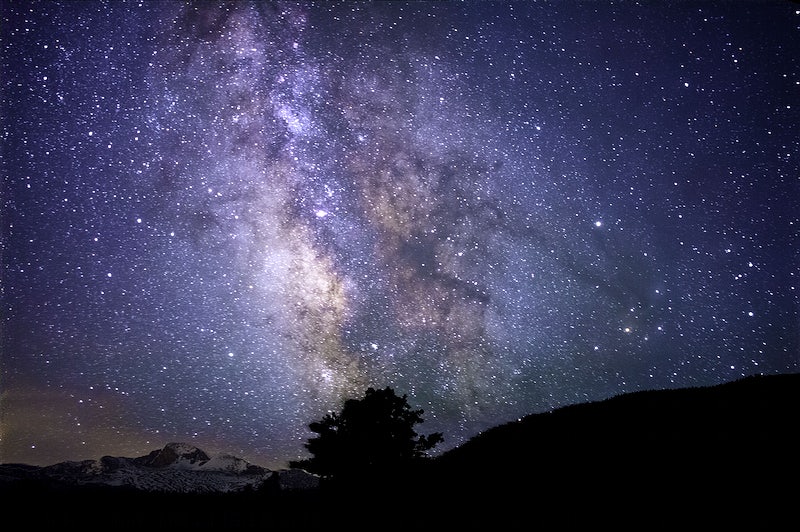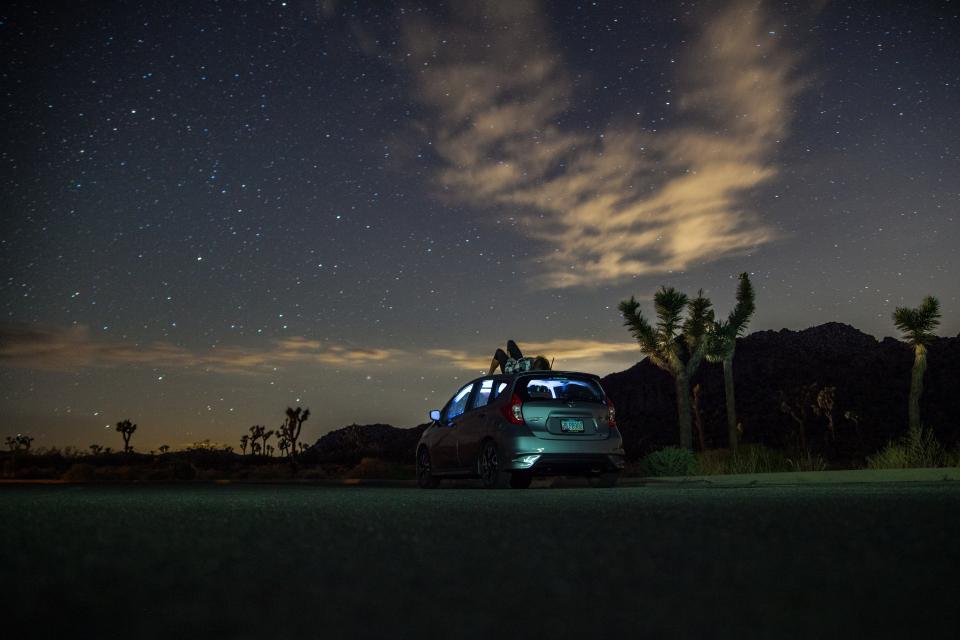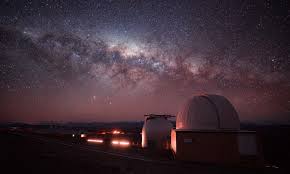Astrophotography is a challenging and rewarding hobby that requires a combination of technical skills, patience, and creativity. Capturing the beauty of the night sky is no easy task, as it requires the use of specialised equipment and a knowledge of how to use it. One of the key techniques used in astrophotography is stacking, which involves combining multiple images of the same scene to produce a final image that is both bright and sharp.
Stacking is a technique that has been used in astrophotography for many years. It is used to reduce the noise and increase the signal-to-noise ratio of an image. This is particularly important for deep-sky objects, such as galaxies, nebulae, and star clusters, which are often too faint to be captured in a single exposure. By stacking multiple images of the same object, a photographer can produce an image that is much brighter and more detailed than what can be achieved with a single exposure.

The process of stacking involves taking multiple images of the same scene, typically 10-20 images, and combining them using special software. The software will align the images and stack them on top of each other. This has the effect of averaging out the noise in the image and making the final image much smoother and cleaner. The software will also remove any hot pixels, which are bright pixels that can appear in an image as a result of sensor noise.
Stacking is an essential tool for any astrophotographer who wants to produce high-quality images of the night sky. It is particularly useful for deep-sky objects, as these objects are often too faint to be captured in a single exposure. By stacking multiple images, a photographer can produce an image that is much brighter and more detailed than what can be achieved with a single exposure.
There are several software programs available for stacking images, including DeepSkyStacker, AstroPixelProcessor, and StarTools. Each of these programs has its own set of features and benefits, so it is important to do some research and find the one that works best for you. Some programs, such as DeepSkyStacker, are free to use, while others, like StarTools, require a purchase.
How does stacking work
Stacking works by combining multiple images of the same scene to produce a final image that is both bright and sharp. The process involves taking multiple exposures, typically 10-20 images, of the same object or scene, and then using special software to align and stack them on top of each other.
The software will average out the noise in the image, making the final image much smoother and cleaner. It will also remove any hot pixels, which are bright pixels that can appear in an image as a result of sensor noise. The result is a final image that is much brighter and more detailed than what can be achieved with a single exposure.

Stacking is particularly useful for deep-sky objects, such as galaxies, nebulae, and star clusters, as these objects are often too faint to be captured in a single exposure. By stacking multiple images, the photographer can produce an image that is much brighter and more detailed than what can be achieved with a single exposure.
There are several software programs available for stacking images, including DeepSkyStacker, AstroPixelProcessor, and StarTools. Each of these programs has its own set of features and benefits, so it is important to do some research and find the one that works best for you.
Stacking works by combining multiple images of the same scene to produce a final image that is brighter and more detailed, with reduced noise. It is a simple but powerful tool for astrophotography that can help you achieve amazing results.
In conclusion, stacking is a key technique in astrophotography that enables photographers to produce high-quality images of the night sky. It is a simple but powerful tool that can help you achieve amazing results, even if you are just starting out in astrophotography. If you are serious about astrophotography, be sure to invest in a good stacking software and start experimenting with this technique today!
